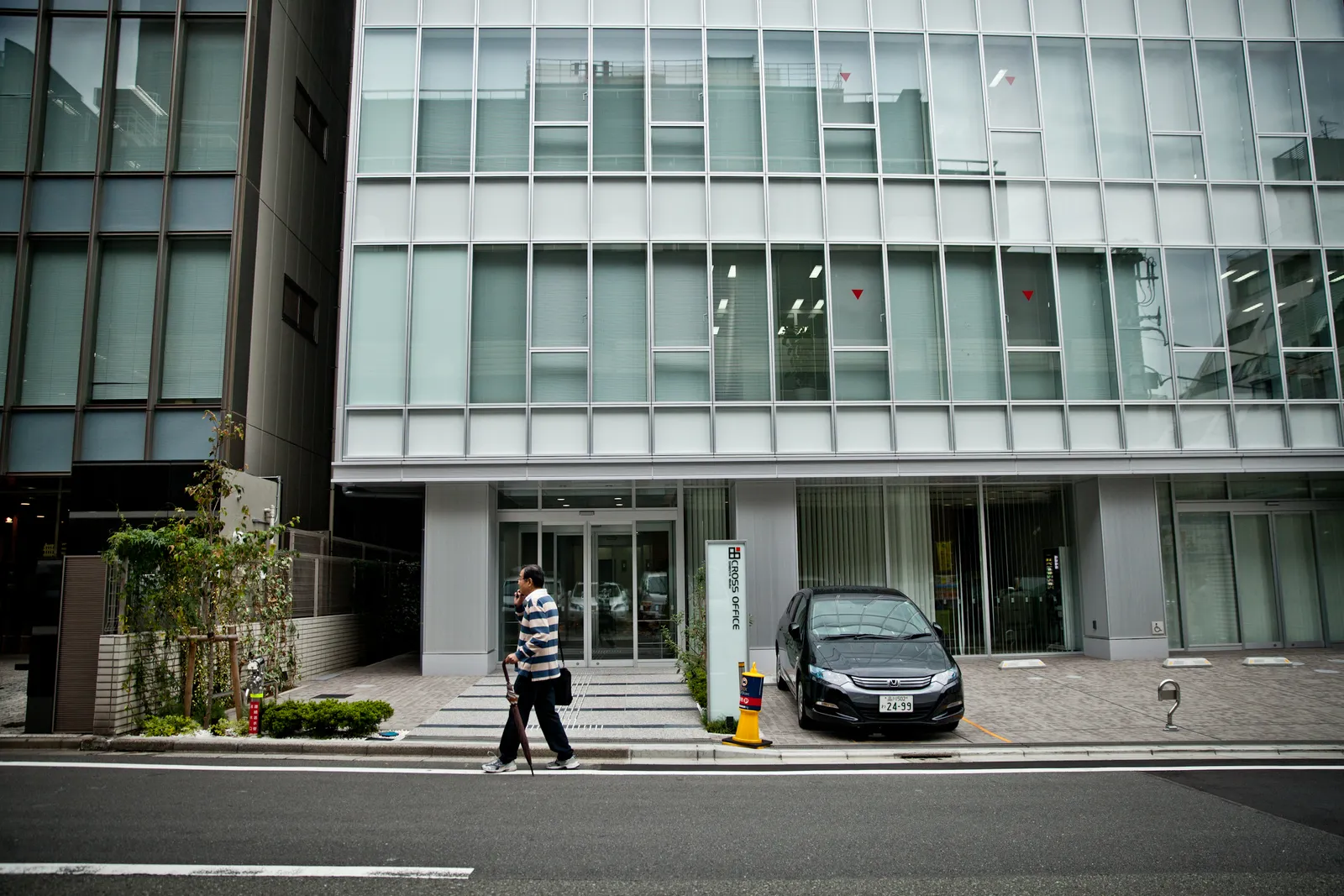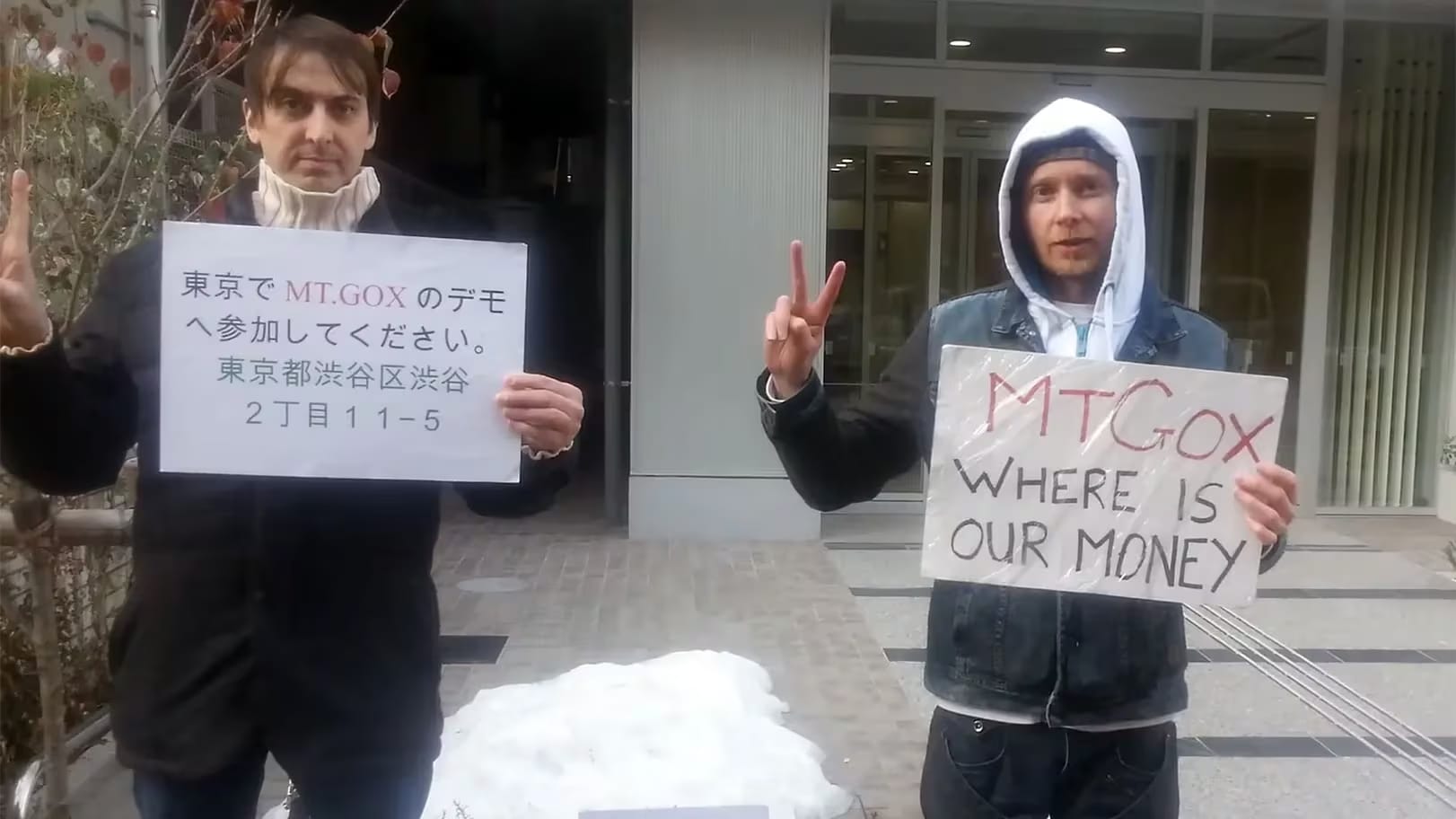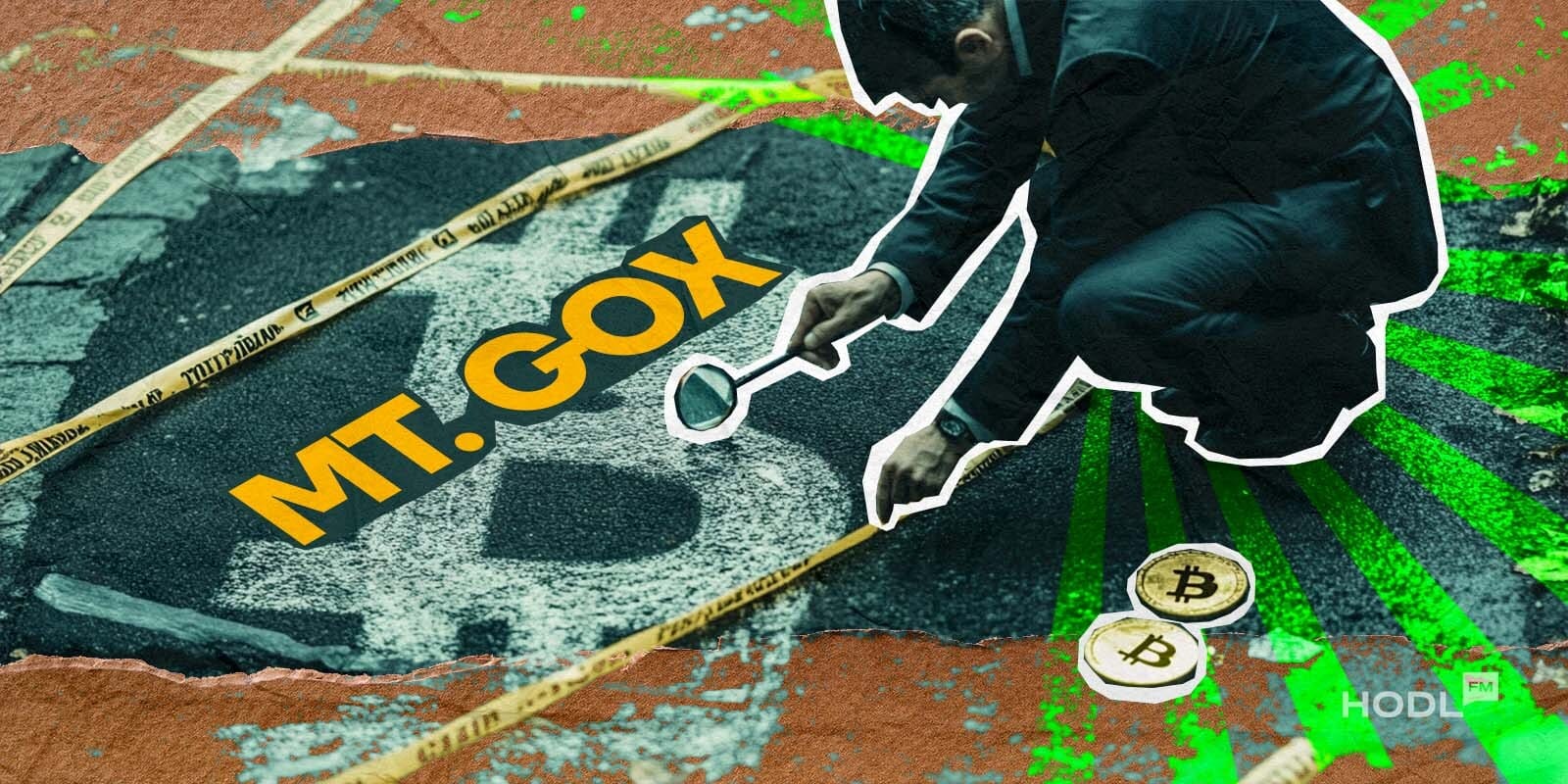The world of cryptocurrency may be dramatic, but nothing beats the Mt. Gox scandal. For anyone new to digital currency, it is crucial to understand the rise and fall of Mt. Gox. Mr. Gox was a successful Bitcoin Exchange that could handle up to 70% of all Bitcoin transactions by 2014. This was before thousands of Bitcoins were reported missing from customers’ accounts. It later emerged that the company was involved in Bitcoin theft that had gone undetected for years.
Read more: What Was the Silk Road Online? History and Closure by FBI
What Was Mt. Gox?
Mt. Gox, which stands for "Magic: The Gathering Online eXchange," started out in a very different field. It was created by Jed McCaleb in 2007 to trade Magic: The Gathering cards. In 2010, it changed to become a Bitcoin exchange. This change set the stage for its rise in the cryptocurrency world. At its peak, Mt. Gox was the biggest Bitcoin exchange in the world, handling more than 70% of all Bitcoin transactions. However, it is now known for its dramatic collapse, which led to one of the biggest financial losses in the history of digital currencies.

Early History of Mt. Gox
Mt. Gox's journey began with Jed McCaleb, a developer known for his innovative ideas. In 2007, he created a platform for trading Magic: The Gathering cards. However, in 2010, recognizing the potential of Bitcoin, McCaleb transformed his site into a Bitcoin exchange. This marked the start of Mt. Gox's significance in the cryptocurrency world.
In March 2011, McCaleb sold Mt. Gox to Mark Karpeles, a French developer who would become a central figure in its history. Karpeles brought his expertise to the platform, helping it gain popularity among Bitcoin enthusiasts. Under his leadership, Mt. Gox quickly grew, becoming a reliable and accessible platform for trading Bitcoin, which was still new and niche at the time.
During its early days, Mt. Gox was a small operation. However, as Bitcoin started gaining popularity, the exchange attracted more users due to its simplicity and ease of use. The decision to sell the platform to Karpeles proved to be a pivotal moment for Mt. Gox. Karpeles expanded the platform's capabilities, improving its infrastructure and operations.
The rapid growth of Mt. Gox also brought challenges. As the exchange's user base increased, so did the need for better security measures and operational scalability. The platform faced difficulties in keeping up with the rising demand and ensuring the safety of users' funds. Despite these challenges, Mt. Gox continued to grow, solidifying its position as a leading Bitcoin exchange.

The Rise and Prominence of Mt. Gox
Mt. Gox quickly became a major player in the Bitcoin world. Its easy-to-use interface and growing user trust helped it become the top choice for Bitcoin trading. By 2013, it was handling most Bitcoin transactions globally. This success was partly because the cryptocurrency market was still new, with few other options available. Mt. Gox's high trading volume and liquidity made it the preferred platform for Bitcoin transactions. But with its rapid growth came challenges, and Mt. Gox struggled to keep up with the security and infrastructure needed to support its success.
At its height, Mt. Gox was the main platform for Bitcoin trading, handling billions of dollars in transactions. The exchange was well-liked for its reliability and ease of use. Its rise was marked by many tech upgrades and expansions, like new partnerships and trading features. Mt. Gox also became a central place for the Bitcoin community to exchange ideas and strategies. However, its growing importance attracted the attention of security experts and regulators. Soon, weaknesses in its system began to appear, leading to the major problems that followed.
The Collapse: Hacks and Bankruptcy
The fall of Mt. Gox was as dramatic as its rise had been swift. Right from the start, the platform faced serious security problems. In June 2011, Mt. Gox suffered its first major hack. Thousands of Bitcoins were stolen. This was only the beginning. Despite attempts to improve security, the exchange continued to face breaches. The final blow came in February 2014. Mt. Gox suddenly stopped all trading, shut down its website, and filed for bankruptcy. The company announced that around 850,000 Bitcoins had been stolen. At the time, this was worth about $450 million.
My protest at MtGox Offices - 5 to 7th February 2014, Tokyo, Japan.
by u/CoinSearcher in Bitcoin
The impact was enormous. It shook the entire cryptocurrency market. Investigations revealed that the platform had been losing Bitcoins for years. Continuous security issues caused this. Although Mt. Gox did recover 200,000 of the stolen Bitcoins, the damage was already done. This incident showed how vulnerable digital exchanges were. It highlighted the need for stronger security measures in the growing crypto industry.
The collapse had widespread effects. Traders who had trusted Mt. Gox faced huge financial losses. News of the hack spread quickly. This led to a massive sell-off of Bitcoin and a sharp drop in its value. The incident attracted the attention of regulators worldwide. It prompted calls for more oversight and regulation of cryptocurrency exchanges.
Additionally, the fall of Mt. Gox exposed many management and operational problems. It was revealed that the exchange had been experiencing security breaches for years. This led to a gradual loss of Bitcoin reserves. The lack of proper audits and risk management made things worse. Furthermore, the company’s poor communication during the crisis left users in the dark. This only added to the panic and confusion among traders and investors.
Aftermath and Legal Proceedings
In the wake of the collapse, Mt. Gox became embroiled in extensive legal proceedings. Mark Karpeles, the CEO, was arrested and faced numerous charges, including embezzlement and data manipulation. The legal battle was complex and prolonged, involving various stakeholders, including creditors and former users who sought compensation for their losses. Karpeles was ultimately found guilty of data manipulation but was acquitted of embezzlement. The court’s decision was based on findings that the company demonstrated malicious intent despite clear management failures.
9/➮ On Feb 24th, a document surfaced online stating that Mt. Gox was insolvent after losing an estimated 850,000 $BTC
— symbiote (@cryptosymbiiote) July 31, 2024
🕷 750,000 users' $BTC and 100,000 Mt.Gox's
🕷 This is now worth ~$18B
🕷 4 days later, Mt. Gox officially filed for bankruptcyhttps://t.co/RAViFsRZDz
The bankruptcy proceedings were also tedious. A trustee was appointed to oversee the distribution of remaining assets to creditors. This process involved liquidating the recovered Bitcoins and converting them into cash. The task was complicated by the volatile nature of cryptocurrency values. Creditors faced a long wait as they awaited the legal and financial complexities that impacted their repayment plans.
The legal proceedings also brought to light various operational failures within Mt. Gox. While the public once viewed Mt Gox as a flawless company, they came to learn about poor management practices, inadequate security protocols, and a lack of transparency at the exchange. The findings prompted a broader discussion within the cryptocurrency community about the importance of regulatory compliance and best practices for exchange operations. The lessons learned from the Mt. Gox debacle have since informed the development of more secure and reliable trading platforms.

The legal fallout from the Mt. Gox collapse was extensive, and involved multiple jurisdictions and a wide range of legal issues. Mark Karpeles’ trial was closely watched by the cryptocurrency community and regulators alike. His acquittal on some charges and conviction on others highlighted the complexities of prosecuting financial crimes in the digital age. The case also underscored the need for clearer regulatory frameworks to address the unique challenges posed by cryptocurrency exchanges.
The Future: Repayments and Recovery
Bitcoin traders have closely followed Mt. Gox’s journey. The future of Mt. Gox's legacy depends on the ongoing efforts to repay creditors and rebuild trust in the cryptocurrency market. The repayment process is managed by a trustee, but it's been slow. Creditors are set to be reimbursed with a mix of Bitcoin and cash. However, the exact amounts and timelines are uncertain because of Bitcoin’s fluctuating value.
Traders have reported receiving reimbursement for their lost Bitcoins, but the process has been slow and complicated. The trustee’s attempts to turn the recovered Bitcoins into cash have faced challenges due to market ups and downs and legal issues. Still, there is hope that creditors will eventually get a significant part of their claims. The Mt. Gox collapse has also led to the creation of stronger security measures and new regulations aimed at stopping similar failures in the future.
The Mt. Gox failure has also led to major changes in how cryptocurrency exchanges are regulated. The lessons learned from the collapse have led to new security protocols and rules designed to protect users and prevent similar issues. Even though the impact of Mt. Gox’s collapse is still felt, it has pushed the industry to become more mature and resilient.
UPDATE: MT. GOX MOVES $3.1B BTC
— Arkham (@ArkhamIntel) July 31, 2024
Last night Mt. Gox addresses moved 33.96K BTC ($2.25B) to addresses we believe are most likely BitGo:
bc1q26tsxc0ge7phvcr2kyczexqf5pcj8rk79cqk90h34c30dn9dskeq3gmw3f
bc1q48a5tjhdjtkfv8zv6tj68767h8lgep9dpx0emrkx0yhhmum7wscs95ft36
BitGo is the 5th… pic.twitter.com/XWNiZ2boAN
The Mt. Gox collapse has left a lasting mark on the cryptocurrency world. It showed the need for better security practices, improved risk management, and more regulation. Many exchanges have responded by adopting stricter security measures, like multi-signature wallets and cold storage solutions. Also, regulators worldwide are working on clearer rules to oversee cryptocurrency exchanges and protect investors.
What's Next?
The legacy of Mt. Gox also includes important lessons for the cryptocurrency community. The incident highlighted the need for careful research when choosing an exchange. It also stressed the importance of transparency and accountability in managing digital assets. This has led to more emphasis on checking the credibility and security of exchanges before trading.
Can Mt. Gox really crash the market with selling pressure from unloading 73 million USD worth of BCH??
by u/80UNC3EBACK in CryptoCurrency
To protect yourself from losing Bitcoins like Mt. Gox traders, follow these tips:
- Choose Reliable Exchanges: Pick exchanges with a good reputation and strong security.
- Enable Two-Factor Authentication (2FA): Use 2FA for extra security on your accounts.
- Use Hardware Wallets: Store Bitcoins in hardware wallets to keep them offline and safe.
- Diversify Storage: Don’t keep all your Bitcoins on one platform. Use different wallets and exchanges.
- Update Software: Keep your software and apps up-to-date with the latest security fixes.
- Be Cautious with Emails and Links: Avoid clicking on suspicious links or sharing personal info in response to unexpected emails.
- Backup your Private Keys: Keep backups of your private keys in secure places.
- Stay Informed: Follow cryptocurrency news and stay aware of new security threats.
Key Takeaway
Mt. Gox's rise and fall had a big impact on the cryptocurrency world. Its collapse showed the need for better security and regulation in digital asset exchanges. While the process of repaying creditors is still ongoing and challenging, the lessons from Mt. Gox have led to improvements in the industry. As cryptocurrency continues to grow, it's important for traders to stay informed and use safe practices to protect their assets.
More: Mt. Gox Pushes BTC Below $66K After Sending $2.5B in BTC to an Unknown Wallet
Disclaimer: All materials on this site are for informational purposes only. None of the material should be interpreted as investment advice. Please note that despite the nature of much of the material created and hosted on this website, HODL FM is not a financial reference resource and the opinions of authors and other contributors are their own and should not be taken as financial advice. If you require advice of this sort, HODL FM strongly recommends contacting a qualified industry professional.




